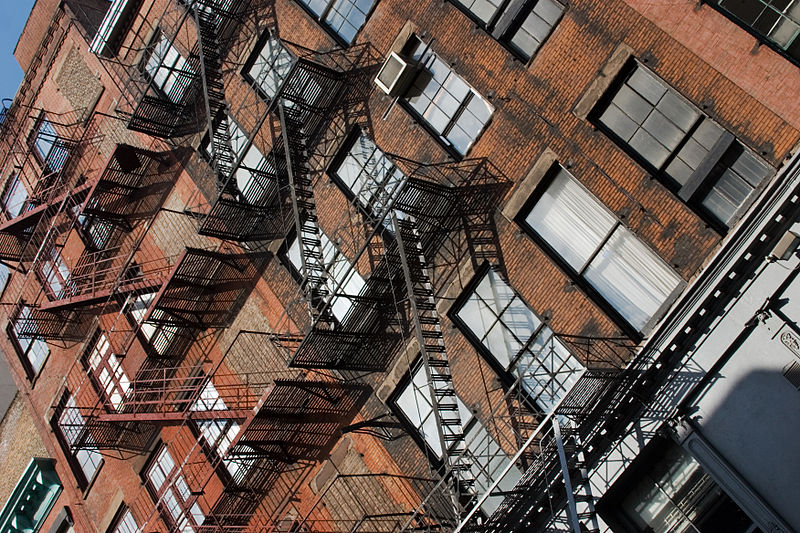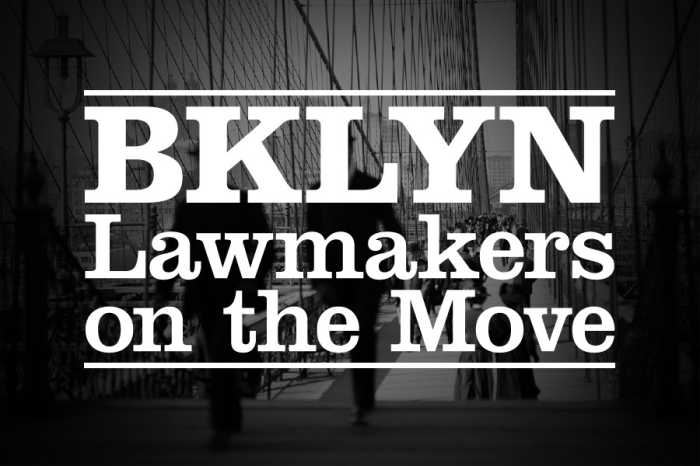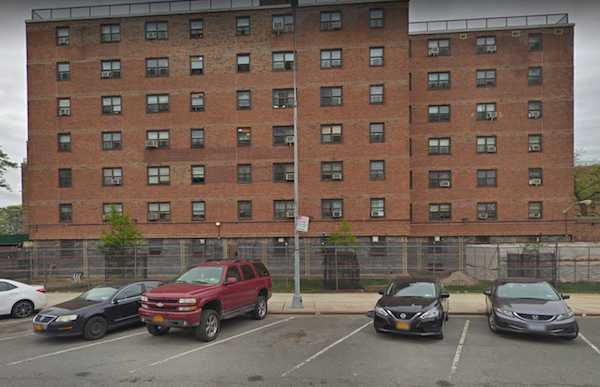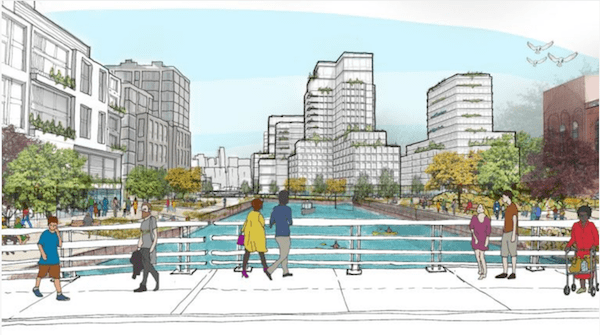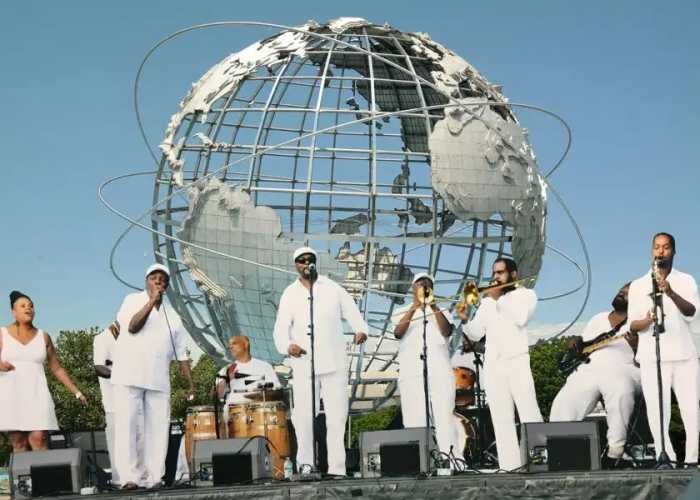Councilmember Alicka Ampry-Samuel (D-Bedford-Stuyvesant, Ocean Hill-Brownsville, East Flatbush, Crown Heights), along with fellow Councilmember Ritchie Torres (D-Bronx), grilled New York City Housing Authority (NYCHA) administrators about their plans to address the chronic mold problems across 175,000 units in a virtual public hearing on Wednesday, October 7.
NYCHA leadership said that the mold busters program coupled with Mayor Bill De Blasio’s roof replacement initiative has shaved years off the plan, but there’s still a need of an approx. $9.5 billion “capital investment” to remedy historic and chronic issues in buildings, some of which are about 50 years old, that were classically underfunded.
The main concerns discussed were how to abate and prevent mold, improve conditions in “poorly ventilated apartments” at higher risk because of the COVID-19 crisis, expedite work orders, repair and replace roofing, and staffing standards from mold response teams.
“This is a new era for NYCHA in terms of employee accountability,” said Chief Compliance Officer (CCO) Daniel Greene, acknowledging the complaints about inspectors not doing their jobs thoroughly or construction workers going on breaks and leaving behind trash on rooftops.
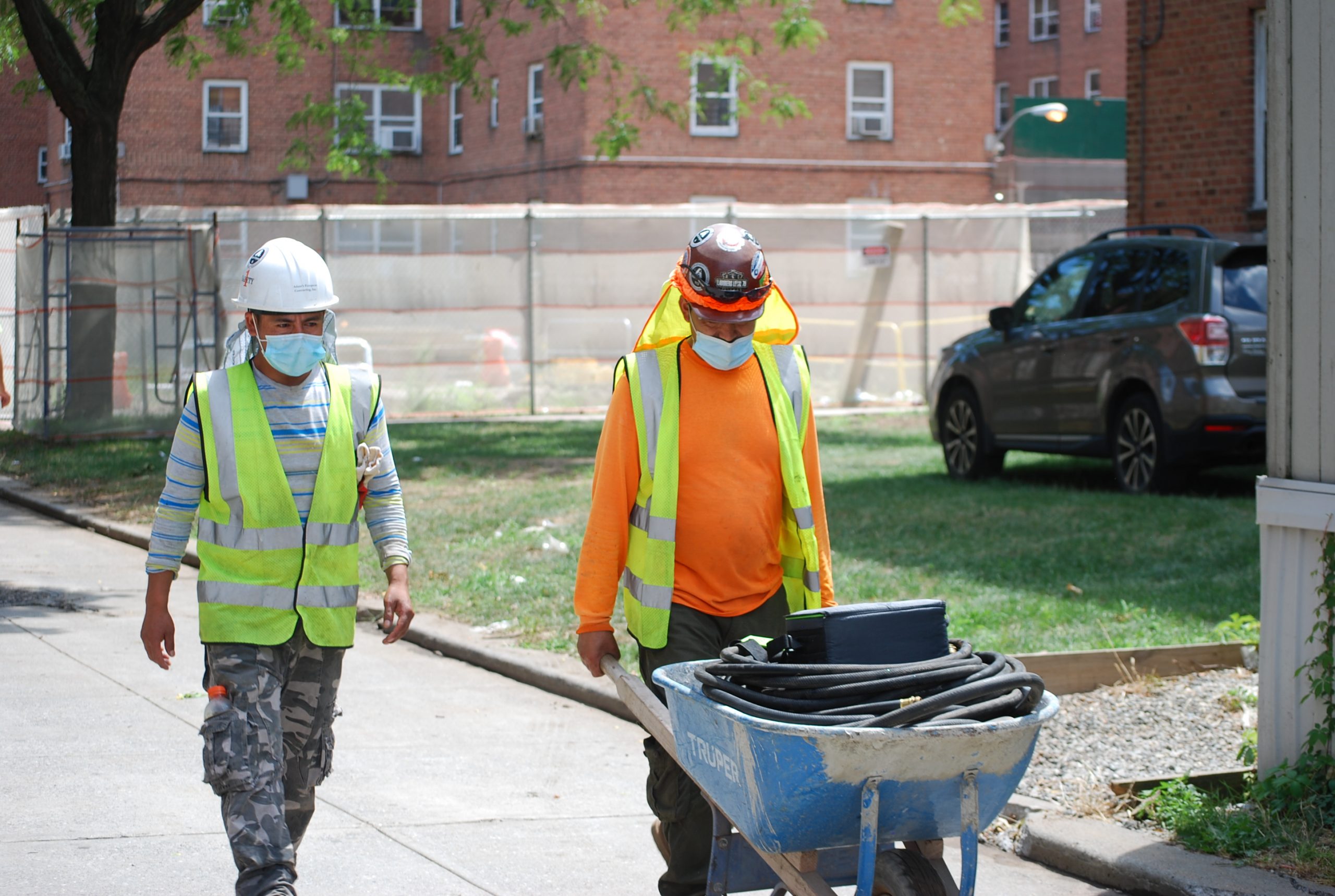
“The Monitor is holding our feet to the fire on our commitments,” said Greene, referring to the Housing and Urban Development (HUD) and agreement city entered into with NYCHA to have an assigned monitor give quarterly reports of everything the agency does in 2019. Greene also said that unfortunately, due to the pandemic, the timeline for these commitments to the city will have to be “reevaluated.”
The topic of mold’s impact to resident’s respiratory problems or deaths during the health pandemic was also brought up and subsequently shot down by NYCHA Acting General Manager and Chief Operating Officer Vito Mustaciuolo when asked about the correlation.
Ampry-Samuel said the long-time battle with NYCHA was only made worse by the COVID-19 crisis for people forced to stay inside homes that are plagued with mold.
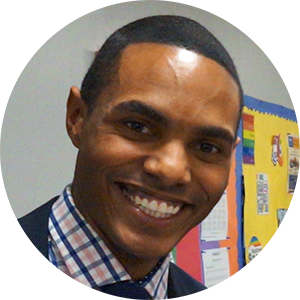
Torres said he introduced the 1911 Bill on mold in NYCHA purely out of frustration with failures with mold removal. “I would submit to you that nowhere is there greater systemic racism than in public housing, which is ground zero for disinvestment and mismanagement. Most of the people who live there are overwhelmingly low income people of color,” said Torres.
Mustaciuolo said that mold is a persistent problem and has gained increased focus in light of the pandemic from NYCHA response teams. However, when pressed by Torres and Ampry-Samuel, he asserted that he did not think there was a relationship between “poor ventilation” and virus transmission in the developments. “I have not seen scientific data to support that,” said Mustaciuolo, despite the councilmembers referring to CDC guidelines.
When offered the chance to revise his statement later on in the meeting, Mustaciuolo said, “there are a number of external factors that contribute to the spread of coronavirus. I have not personally seen any reports that directly tie inadequate roof vans or ventilation in bathrooms to the spread of coronavirus.”
According to Mustaciuolo, there are 15,517 open mold work order cases currently and a majority can be considered “complex,” as opposed to simple fixes. He said in the past work orders were all simple fixes and didn’t address underlying conditions, so they’ve implemented new technologies and methods to identify areas of moisture. There are 9,529 work orders in progress, meaning anything from an open wall or a coat of paint, because they haven’t been completed or need a final inspection. And, 7,296 of those in progress are over 100 days old, according to NYCHA staff.
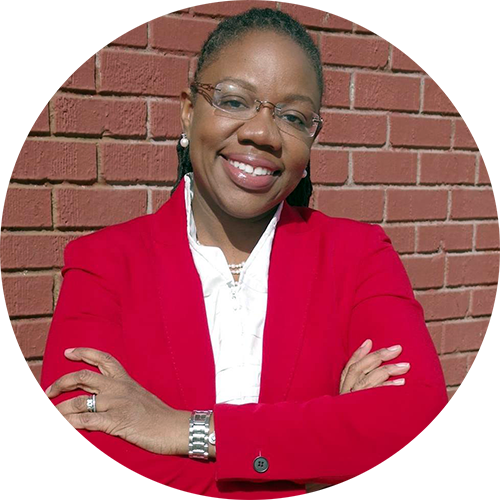
“Residents everywhere, whether they are living in the city or the suburbs, private or public housing, have a right to housing that is safe, clean and habitable,” said Ampry-Samuel. “The presence of mold is not just a mild irritant. It can cause symptoms like cough, sore, throat, or skin rash. It can also cause, or exacerbate, other serious illnesses.”
“I’m trying to get an understanding of what’s going on in each apartment during a pandemic right now, where we see that this pandemic has a direct impact on the respiratory system,” said Ampry-Samuel, “Where someone lives can 100 percent kill them. So we’re trying to get a sense of what’s going on.”
Environmental justice organizer from Red Hook, Karen Blondel, testified to the most concerning conditions in her building that create unwanted moisture and mold issues. “I know exactly what the roofs look like. I’ve walked on them,” said Blondel, “We find as public housing residents the supers don’t often check on the roofs to make sure the drains are cleared, so we have a lot of ponding. Once it starts ponding, any hole, any puncture, it’ll start from the top down. I live on the first floor so anytime water gets to me I know we have a major problem because it has to go through six stories to get to me.”
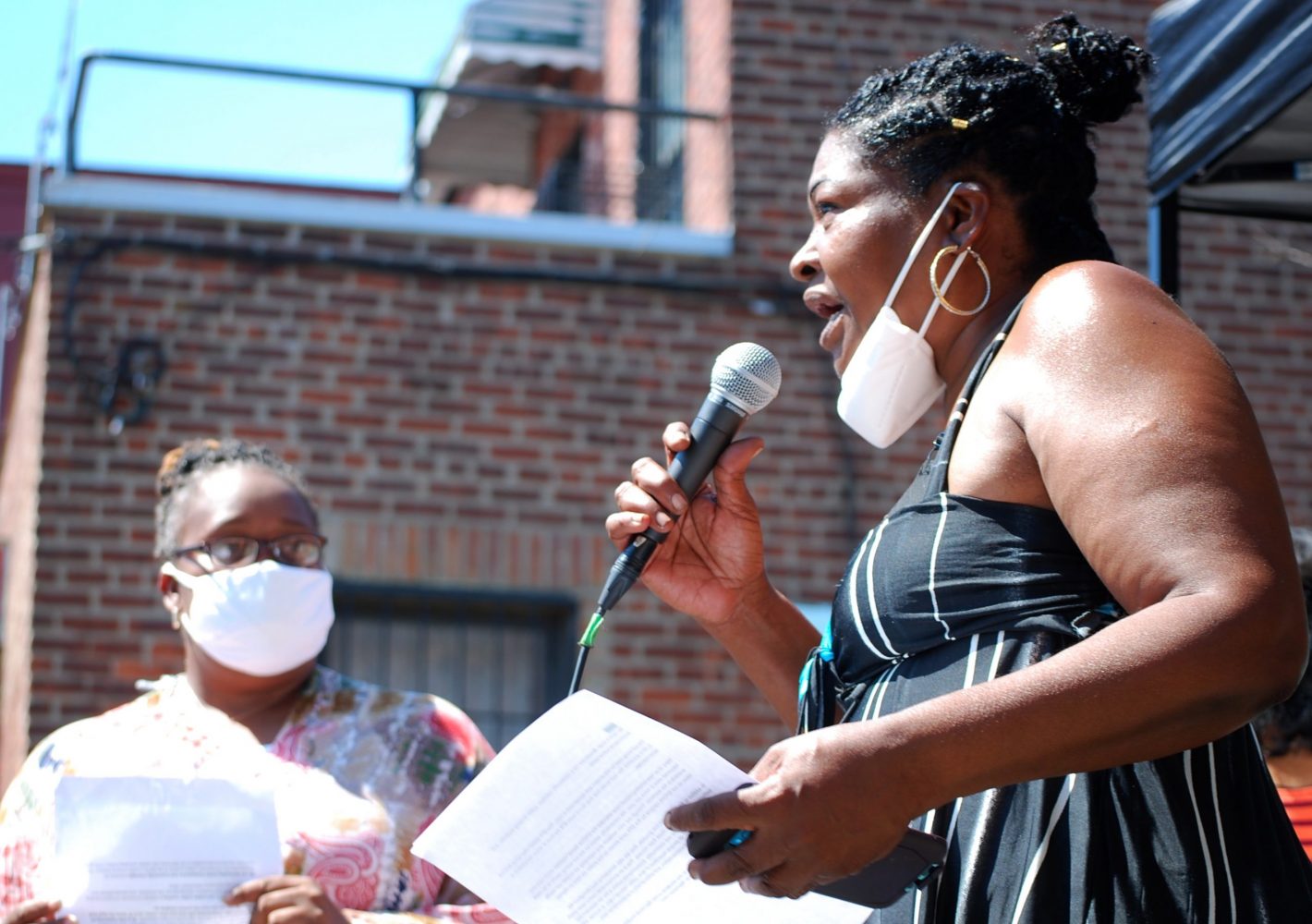
In addition to the drainage system, Blondel said, certain types of windows, little or no caulking around windows, hot water risers that produce condensation, and lack of absorbent material in the walls that isn’t hazardous, all contribute to the pervading mold problems.
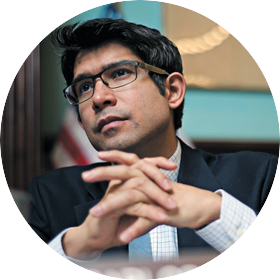
Councilmember Carlos Menchaca (D-Red Hook, Sunset Park, Greenwood Heights and portions of Windsor Terrace, Dyker Heights, and Boro Park), spoke to methods they’ve used in Red Hook organizations since Hurricane Sandy to assist the community in monitoring housing problems and suggested an interagency mold response team that could take some of the responsibility off of NYCHA.


